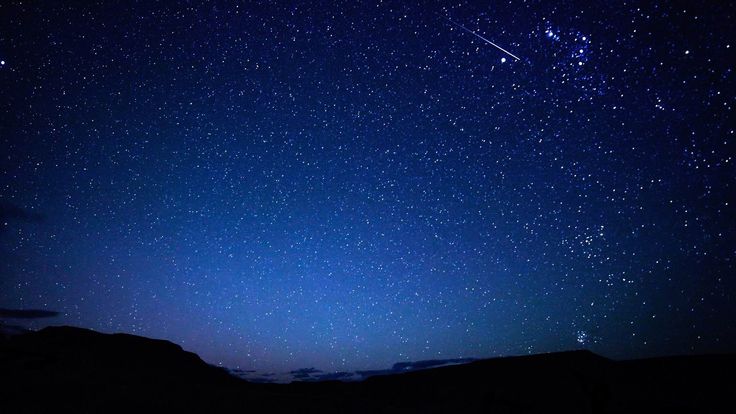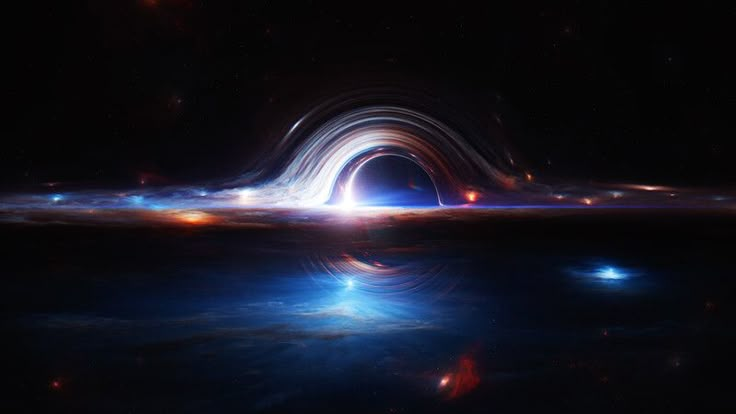Your Complete Guide to Enjoying an Eclipse Without Harming Your Eyes
A solar eclipse is one of the most awe-inspiring events you can witness in the sky. As the Moon glides in front of the Sun, the sky dims, temperatures drop slightly, and the world pauses for a moment to gaze upward. But no matter how exciting the experience is, watching a solar eclipse without proper protection can cause permanent eye damage.
So how can you safely enjoy this rare celestial show? Here are five safe and effective ways to view a solar eclipse—whether you’re a casual observer or a dedicated skywatcher.
1. Use Certified Solar Eclipse Glasses
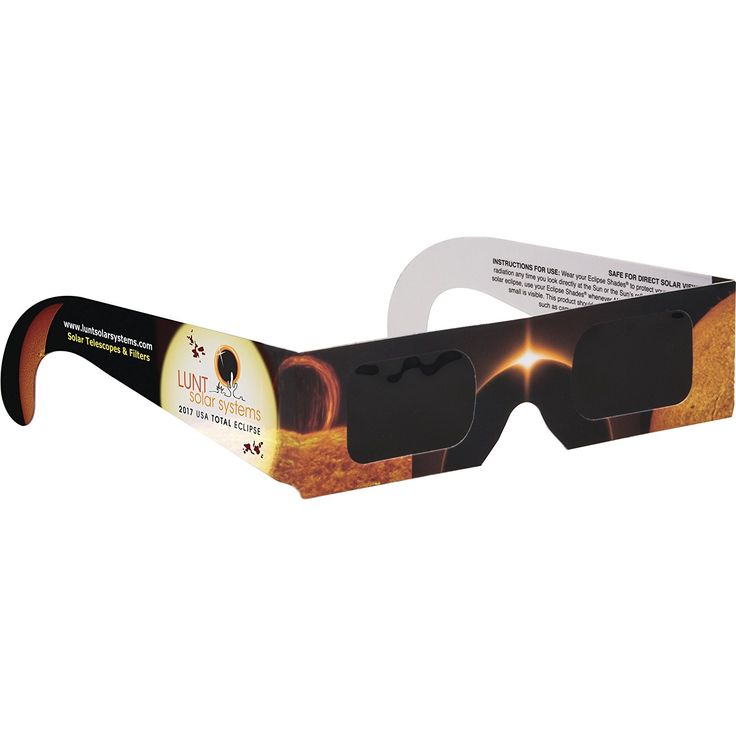
The most common—and easiest—way to view a solar eclipse is by using ISO-certified solar eclipse glasses. These are not regular sunglasses. They are made with special-purpose solar filters that reduce sunlight to safe levels, blocking 100% of harmful ultraviolet (UV) and infrared (IR) radiation and more than 99.99% of visible light.
How to use them:
- Always make sure they are labeled ISO 12312-2. That means they meet the international safety standards.
- Inspect them carefully. If the glasses are scratched, torn, or have holes, don’t use them.
- Wear them before looking at the Sun and remove them only after looking away.
- Supervise children to ensure they’re using the glasses correctly.
Note: You should never use eclipse glasses with binoculars or telescopes, unless they are specially designed for those devices.oman mythology became a tradition that still influences how we name celestial bodies today.
2. Try a Solar Filter on Binoculars or Telescopes
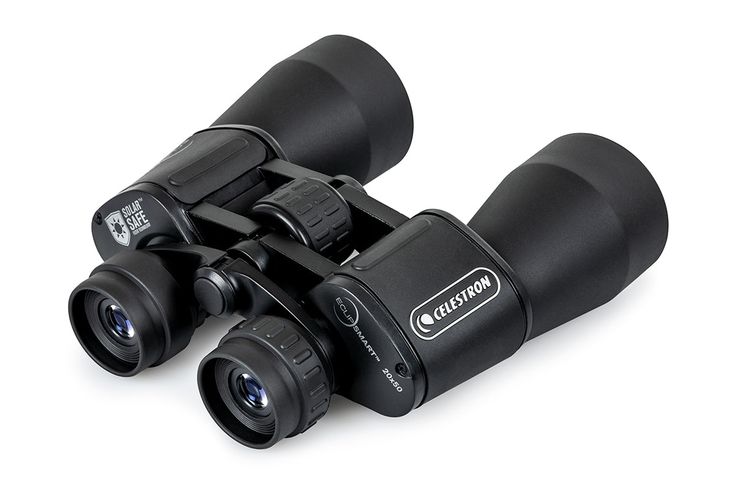
If you want a closer, magnified view of the eclipse, you can use binoculars or a telescope—but only with a proper solar filter attached to the front (objective) lens.
Important safety rules:
- Use solar filters specifically designed for telescopes or binoculars.
- Always attach the filter to the front of the device, not the eyepiece.
- Double-check that the filter fits securely and that no light leaks through the sides.
- Never use DIY filters or photographic negatives—these are unsafe.
When used correctly, this method gives you an impressive view of the Sun’s disk and the Moon’s progress across it.
3. Observe with a Hydrogen-Alpha Solar Telescope
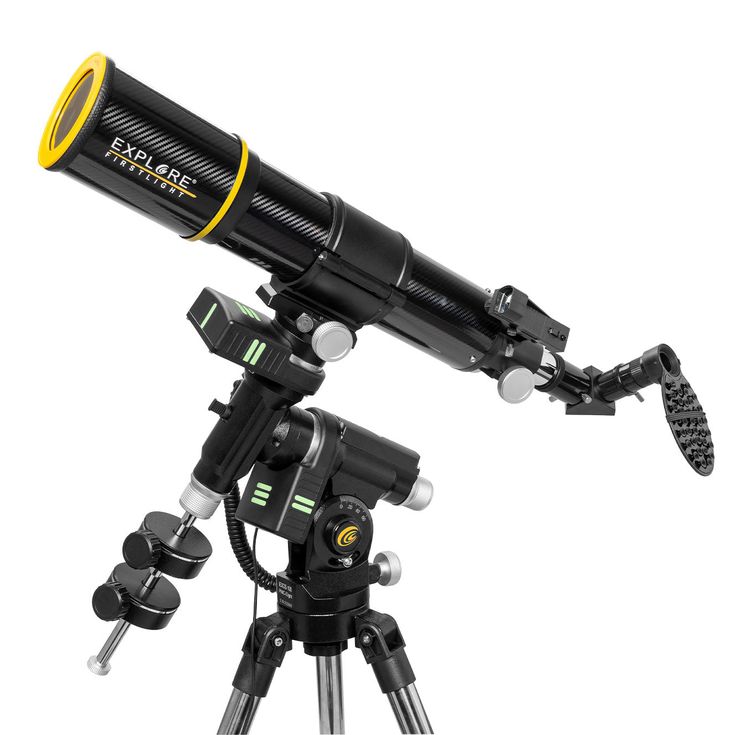
For more advanced and experienced astronomers, a Hydrogen-alpha (H‑α) telescope offers a truly spectacular view of the eclipse. These specialized instruments allow you to see:
- Solar prominences (fiery arcs)
- Solar flares
- Detailed textures on the solar surface (called the chromosphere)
These telescopes use extremely narrow-band filters that isolate a specific wavelength of light emitted by hydrogen, making solar activity visible in stunning detail.
H-alpha telescopes are completely safe for solar viewing and do not require additional filters. However, they are more expensive and mostly used by dedicated solar enthusiasts or in observatories.
4. Make a Pinhole Projector
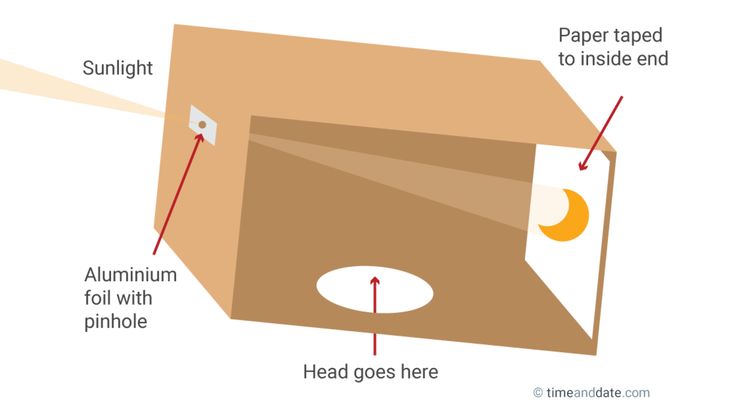
This is a classic, do-it-yourself method to view a solar eclipse indirectly. It’s simple, fun, and completely safe.
How to make one:
- Take a stiff piece of cardboard or a sheet of paper and poke a small hole in it with a pin or needle.
- Stand with your back to the Sun and let the sunlight pass through the hole onto a flat surface (like another sheet of paper or the ground).
- What you’ll see is a tiny image of the Sun—and as the eclipse progresses, you’ll see it change shape.
This method is perfect for children, classrooms, and groups, and it doesn’t require any special equipment.
Pro tip: Even everyday objects like a colander, mesh strainer, or even tree leaves can produce multiple pinhole projections—creating fascinating patterns of crescent-shaped suns on the ground during an eclipse.
5. Use a Solar Projection from Binoculars or Telescopes
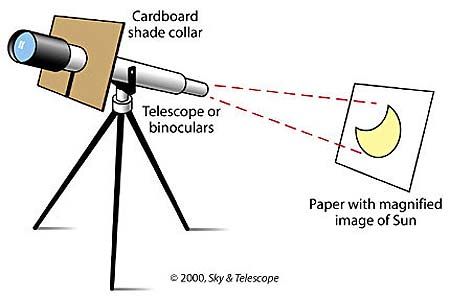
If you have binoculars or a telescope but don’t have a solar filter, you can still use them indirectly by projecting the Sun’s image onto a white screen or piece of paper.
Here’s how:
- Cover one side of your binoculars or telescope and point the other side toward the Sun.
- Hold a white sheet or cardboard behind the eyepiece, and you’ll see the projected image of the Sun.
- As the eclipse unfolds, you’ll see the Moon gradually moving across the Sun in the projected image.
📌 Important: Never look through the device directly unless it has a certified solar filter. Also, be cautious—prolonged sunlight through binoculars can heat the internal components.
Why You Should Never Look at the Sun Unprotected
Even during a partial eclipse, the visible sunlight that reaches your eyes is intense enough to burn your retina, causing a condition called solar retinopathy. The scary part? This kind of damage is painless—and symptoms may not show up for hours or even days.
The only time it’s safe to look at the Sun without protection is during the brief moment of totality—when the Moon completely covers the Sun. But the moment totality ends and even a sliver of the Sun reappears, you must immediately put your eclipse glasses back on.

